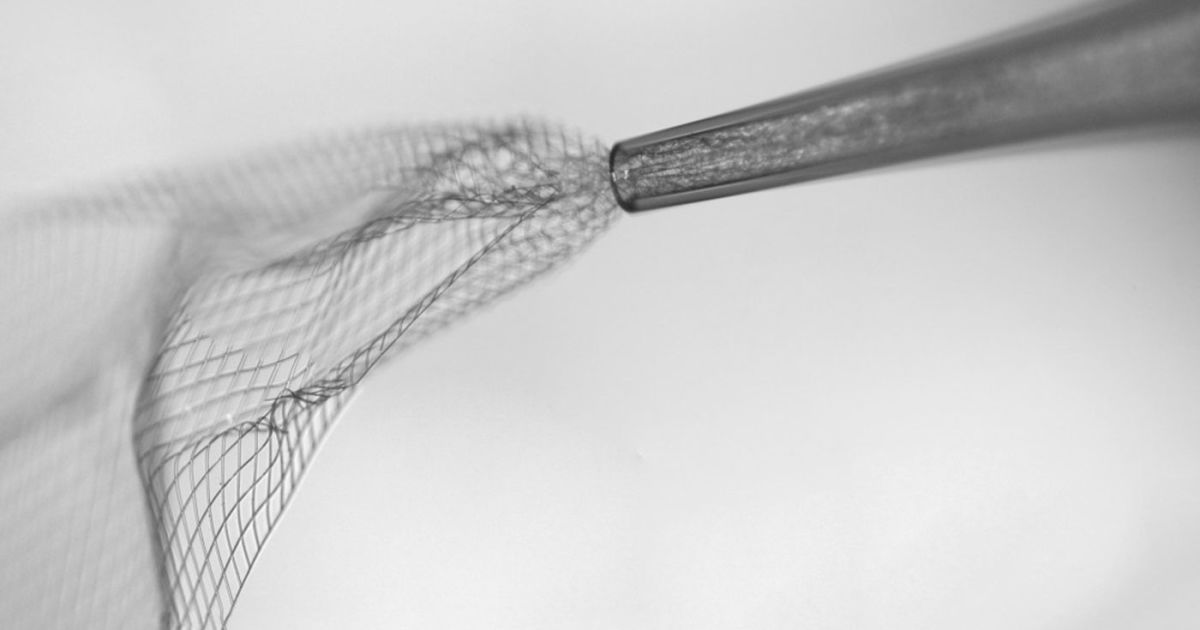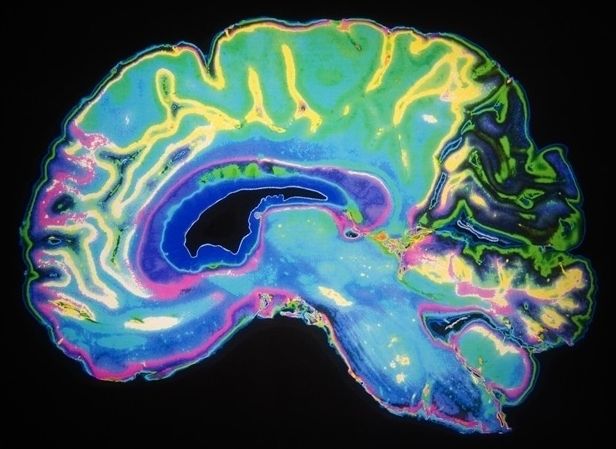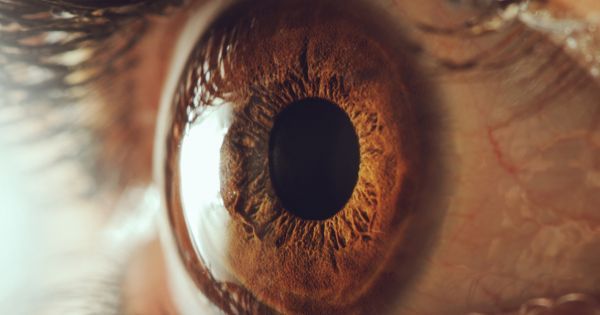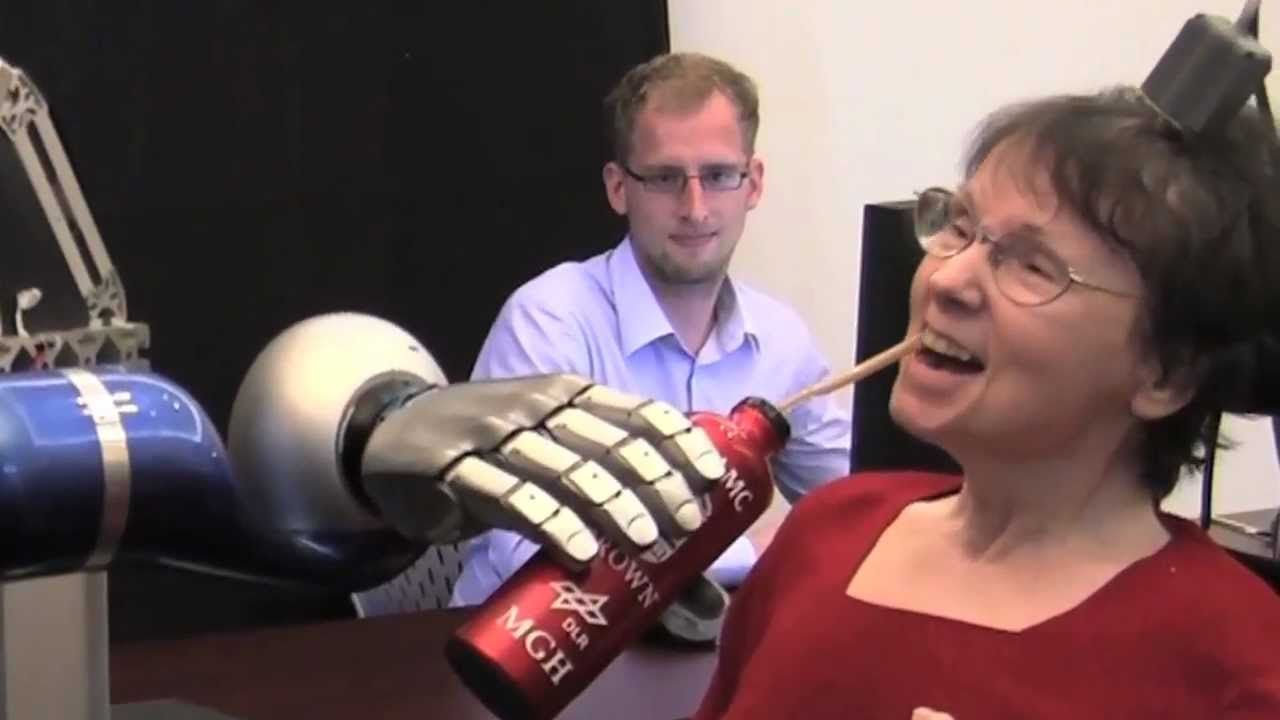Oct 15, 2016
Scientists may have identified the genes responsible for ageing
Posted by Karen Hurst in categories: biotech/medical, life extension, neuroscience
Researchers have discovered a link between a protein and aging
A protein found within the powerhouse of a cell could be the key to holding back the march of time, research by scientists at The University of Nottingham has shown and the discovery could offer a new target for drugs that may help to slow the debilitating effects of ageing on our bodies.
Their research, published in the academic journal Aging, could have special significance for combatting age related decline and halting the progression of neurodegenerative conditions such as Alzheimer’s and Parkinson’s Disease.
Continue reading “Scientists may have identified the genes responsible for ageing” »

















